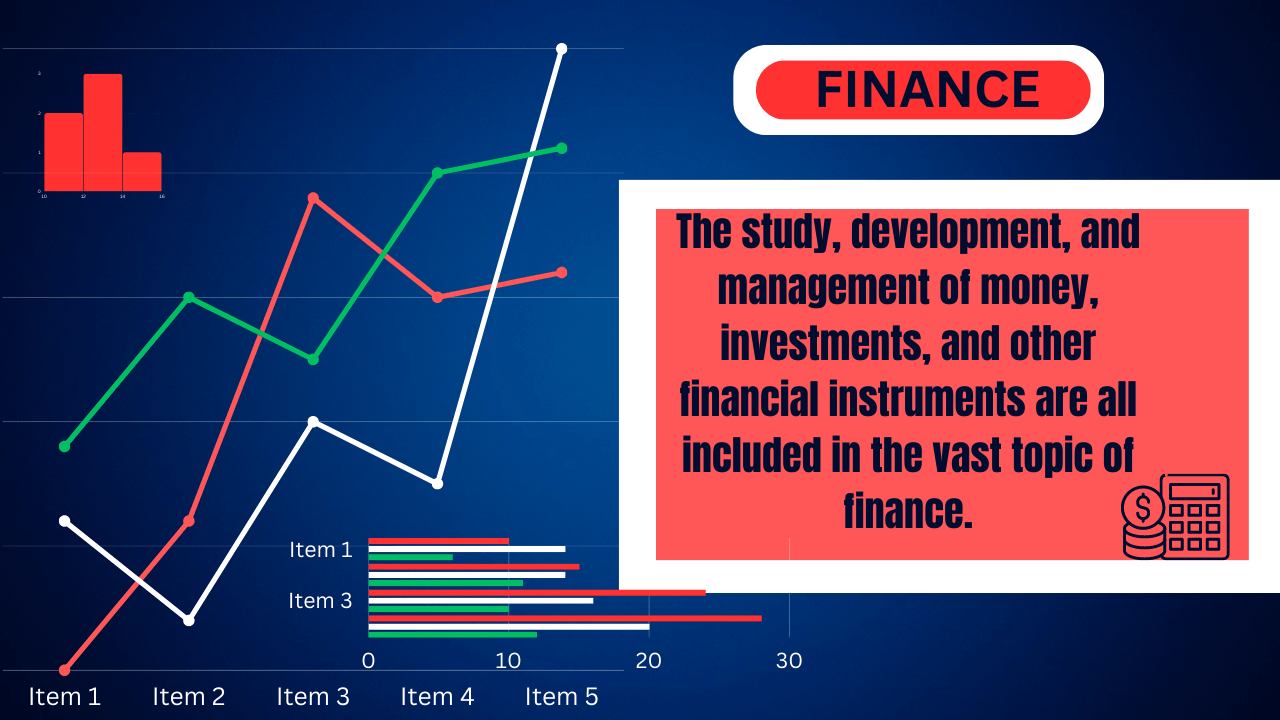Introduction
In the dynamic world of finance, market volatility is an ever-present reality. This article aims to guide investors through uncertain times, providing strategies to navigate market fluctuations and make informed decisions that stand resilient in the face of volatility.
Understanding Market Volatility
The Nature of Market Volatility
Explore the inherent nature of market volatility, understanding the factors that contribute to sudden price fluctuations in various financial instruments. Gain insights into the cyclical patterns and external influences impacting market stability.
Historical Perspectives on Volatility
Delve into historical instances of market volatility, drawing lessons from past events such as economic crises and geopolitical tensions. Understand how investors have navigated turbulent times and adapted their strategies.
Impact of External Factors
Examine the influence of external factors, including economic indicators, political events, and global crises, on market volatility. Learn to identify and assess these factors to make informed investment decisions.
Strategies for Mitigating Risks
Diversification: Building Resilient Portfolios
Understand the significance of portfolio diversification as a risk mitigation strategy. Explore how a well-balanced and diversified portfolio can help cushion the impact of market fluctuations.
Risk Tolerance Assessment
Conduct a thorough assessment of individual risk tolerance. Discover how aligning investment strategies with personal risk tolerance can contribute to more confident decision-making during volatile periods.
Dollar-Cost Averaging
Explore the concept of dollar-cost averaging as a systematic investment approach. Understand how this strategy minimizes the impact of short-term market volatility and provides a disciplined approach to investing.
Seizing Opportunities Amidst Volatility
Identifying Undervalued Assets
Learn to identify undervalued assets during periods of market volatility. Explore strategies for conducting fundamental analysis and recognizing opportunities that arise when market sentiment overshoots true asset value.
Long-Term Investment Perspective
Embrace a long-term investment perspective, focusing on the fundamentals of quality assets. Understand the potential benefits of staying committed to sound investments despite short-term market fluctuations.
Strategic Rebalancing
Discover the importance of strategic portfolio rebalancing during volatile times. Explore how periodically reassessing and realigning investment portfolios can optimize returns and manage risk.
FAQs: Unveiling Clarity
How does market volatility impact different asset classes?
Understand the nuanced impact of market volatility on various asset classes, from stocks and bonds to cryptocurrencies and commodities.
Can market volatility be predicted?
Explore the challenges of predicting market volatility and the limitations of forecasting tools. Learn how investors can instead focus on building resilient portfolios.
Is it advisable to completely exit the market during high volatility?
Address the common misconception of exiting the market entirely during periods of high volatility. Explore alternative strategies to mitigate risk while maintaining exposure to potential opportunities.
What role do emotions play in investment decisions during volatility?
Uncover the influence of emotions on investment decisions during volatile times. Explore strategies to manage emotions and make rational choices that align with long-term financial goals.
How can investors prepare for potential market downturns?
Explore proactive measures investors can take to prepare for potential market downturns, including building emergency funds and maintaining liquidity.
Are there sectors that perform well during market volatility?
Discover sectors that historically perform well during market volatility and explore potential investment opportunities within these resilient industries.
Conclusion
In conclusion, navigating market volatility requires a combination of strategic planning, risk management, and a long-term perspective. By understanding the nature of volatility and implementing informed strategies, investors can not only weather uncertain times but also capitalize on opportunities that arise amidst market fluctuations.
amazeposts collects all the above information.
============================================

 Riding the Metaverse Wave: Investing Opportunities in Virtual Economies
Riding the Metaverse Wave: Investing Opportunities in Virtual Economies  The Future of Banking: Exploring Digital Currencies and Central Bank Digital Currencies (CBDCs)
The Future of Banking: Exploring Digital Currencies and Central Bank Digital Currencies (CBDCs)  The Role of Decentralized Finance (DeFi) in Reshaping Traditional Banking Systems
The Role of Decentralized Finance (DeFi) in Reshaping Traditional Banking Systems  WHAT IS FINANCE : It’s aspects & importance in an organization
WHAT IS FINANCE : It’s aspects & importance in an organization  Car Finance Manager Salary: What to Expect in Today’s Market?
Car Finance Manager Salary: What to Expect in Today’s Market?  Senior Finance Manager Salary: Factors that Influence Pay
Senior Finance Manager Salary: Factors that Influence Pay